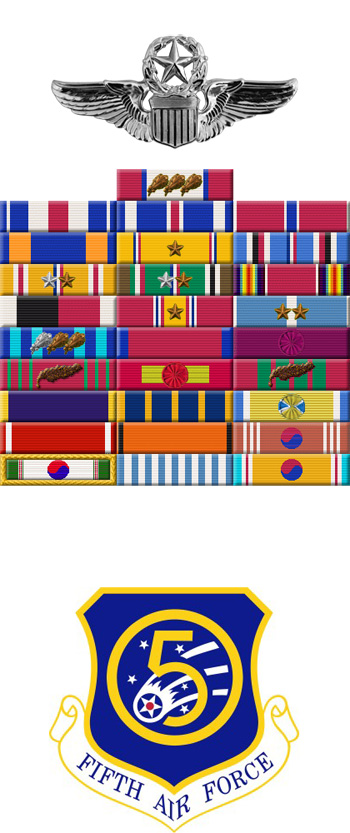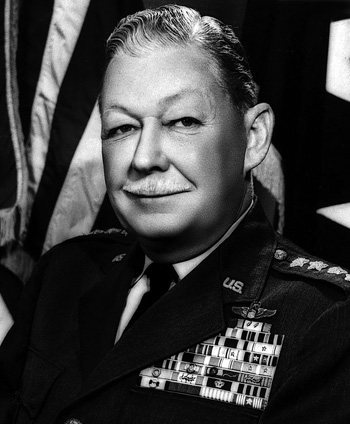
|
Samuel E. Anderson |
 |
|||
| Rank, Service | ||||
General O-10, U.S. Air Force |
||||
| Veteran of: | ||||
|
||||
| Tribute: | ||||
Samuel Anderson was born on January 6, 1906, in Greensboro, North Carolina. He entered the U.S. Military Academy at West Point on July 1, 1924, and was commissioned a 2d Lt in the Coast Artillery Corps on June 9, 1928. Lt Anderson then completed flying training and was awarded his pilot wings at Kelly Field, Texas, on October 15, 1929. His first assignment was with the 5th Observation Squadron at Mitchel Field, New York, from October 1929 to September 1932, followed by service as a flying instructor at Chanute Field, Illinois, from September 1932 to July 1933, and then at Kelly Field from July 1933 to February 1939. Capt Anderson next served as commander of the 6th Pursuit Squadron of the 18th Pursuit Wing at Wheeler Field, Hawaii, from March 1939 to November 1940, and then as plans and training officer for the 18th Pursuit Wing from November 1940 to March 1941. His next assignment was on the staff at Langley Field, Virginia, from March to October 1941, followed by service in the Office of the Assistant Chief of the Air Staff with Headquarters Army Air Forces in Washington, D.C., from October 1941 to May 1943. During this time he deployed to the South Pacific and flew combat missions in New Guinea. Gen Anderson served as administrative inspector of the 3rd Bomb Wing in England from May to July 1943, and then commanded the 3rd Bomb Wing from July to October 1943. His final command in World War II was as commanding general of 9th Bomber Command of the 9th Air Force in England from October 1943 to May 1945. Gen Anderson next served as chief of staff of Continental Air Force at Bolling Field, Washington, D.C., from May 1945 to February 1946, followed by service as a member of the Joint Strategic Survey Committee in the Office of the Joint Chiefs of Staff from February 1946 to February 1948. His next assignment was as director of plans and operations in the Office of the Deputy Chief of Staff for Operations with Headquarters U.S. Air Force in the Pentagon from February 1948 to June 1950, and then as military assistant in the Office of the Secretary of the Air Force until August 1950. Gen Anderson served as commanding general of 8th Air Force at Carswell AFB, Texas, from August 1950 to May 1953, and then served as commanding general of 5th Air Force in Korea from May 1953 to May 1954. He served as director of the Weapons Systems Evaluation Group in the Office of the Assistant Secretary of Defense for Research and Development from June 1954 to September 1957, followed by service as commander of Air Research and Development Command at Andrews AFB, Maryland, from August 1957 to March 1959. Gen Anderson's next assignment was as commander of Air Material Command (renamed Air Force Logistics Command in April 1961) at Wright-Patterson AFB, Ohio, from March 1959 to July 1961, and then as Air Deputy to Supreme Headquarters Allied Powers Europe at Louveciennes, France, from August 1961 until his retirement from the Air Force on August 1, 1963. Samuel Anderson died on September 12, 1982, and was buried at the U.S. Air Force Academy Cemetery in Colorado Springs, Colorado. |
||||
|
||||

